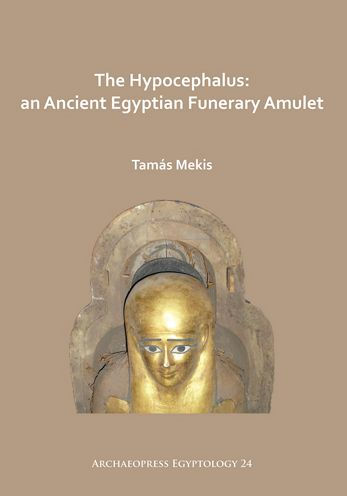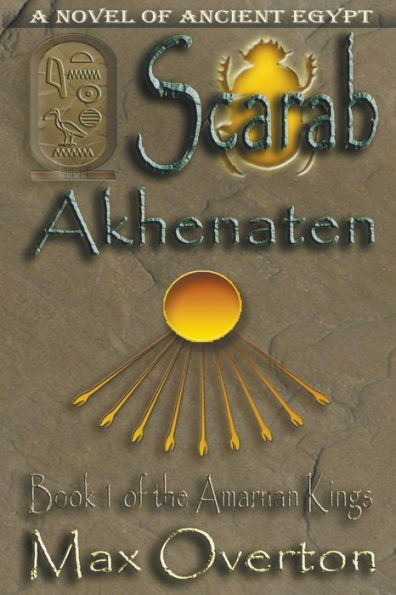Home
The Hypocephalus: An Ancient Egyptian Funerary Amulet
Barnes and Noble
The Hypocephalus: An Ancient Egyptian Funerary Amulet
Current price: $77.00


Barnes and Noble
The Hypocephalus: An Ancient Egyptian Funerary Amulet
Current price: $77.00
Size: OS
Loading Inventory...
*Product information may vary - to confirm product availability, pricing, shipping and return information please contact Barnes and Noble
The hypocephalus is an element of Late Period and Ptolemaic funerary equipment - an amuletic disc placed under the head of mummies. Its shape emulates the sun's disc, and its form is planar, although it occasionally has a concave shape (in such cases, it protects the head as a funerary cap). The earliest known example can be dated to the 4th century BC and the latest to the 2nd/1st century BC. The Hypocephalus: an Ancient Egyptian Funerary Amulet analyses both the written records and iconography of these objects. So far, 158 examples are known; several, unfortunately, from old descriptions only. The relatively low number shows that the object was not a widespread item of funerary equipment. Only priest and priestly families used them, those of Amon in Thebes, of Min in Akhmim, and the ones of Ptah in Memphis. Among the examples, no two are identical. In some details, every piece is an individualized creation. Ancient Egyptian theologians certainly interpreted hypocephali as the iris of the wedjat-eye, amidst which travels the sun-god in his hidden, mysterious and tremendous form(s). The hypocephalus can be considered as the sun-disk itself. It radiates light and energy towards the head of the deceased, who again becomes a living being, feeling him/herself as 'one with the Earth' through this energy. The texts and the iconography derive principally from the supplementary chapters of the Book of the Dead. Some discs directly cite the text of spell 162 which furnishes the mythological background of the invention of the disc by the Great Cow, who protected her son Re by creating the disc at his death.








